Software Testing Metrics - Test Metrics in Software Testing
Software Testing Metrics
- Progress, quality, productivity and health of the software testing is measured quantitatively using software metrics.
- Improving the efficiency and effectiveness of software testing process is the goal of software metrics.
- Software testing metrics helps to make better decision by providing reliable data about the testing process.
- A metric defines in quantitative terms the degree how a system or a system component or process possesses a attribute.
- It is defined as “Standards of Measurement”. It is also used to measure the quality of a project.
- Metric is a unit which is used to describe an attribute.It is a scale used for measurement.
- In software the metrics can be measured by No of issues in thousands line of code and no of lines in the code.
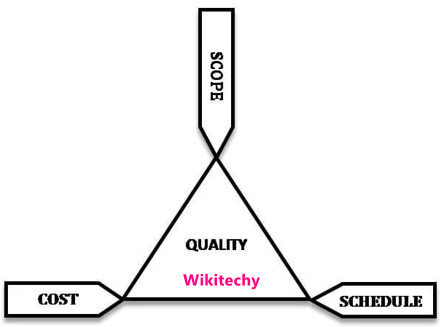
Software Testing Metrics
Importance of Metrics in software Testing
- To determine software quality and performance test metrics are essential.
- To improve the productivity, developer should use the right software testing metrics.
- Test metrics helps in determining what enhancements are needed to create a defect free and high quality software product.
- Test metrics helps to make judgements about the testing phases which follows project schedule and cost estimates.
- Examine the current technology or procedure to see if it need any more changes.
Types of Software Testing Metrics
Software testing metrics are divided into three categories:
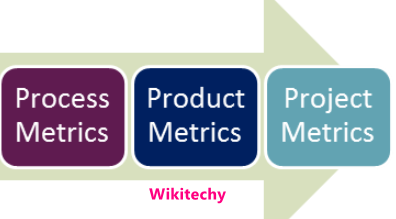
Software Testing Metrics
Process Metrics
- Process metrix defines characteristics and execution of a project.
- These features are very improtant for SDLC process improvement and maintanence.
Product Metrics
- A product’s size, design, performance, quality, and complexity are defined by product metrics.
- Developers can improve the quality of their software development by utilizing these features.
Project Metrics
- Project Metrics are used to assess a project’s overall quality.
- It is used to estimate a project’s resources and deliverables, as well as to determine costs, productivity, and flaws.
Manual Test Metrics: What Are They and How Do They Work ?
- Manual Testing is a step by step activity which is carried out by quality assurance experts.
- There are two sorts of manual test metrics:
- Base Metrics
- Calculated Metrics
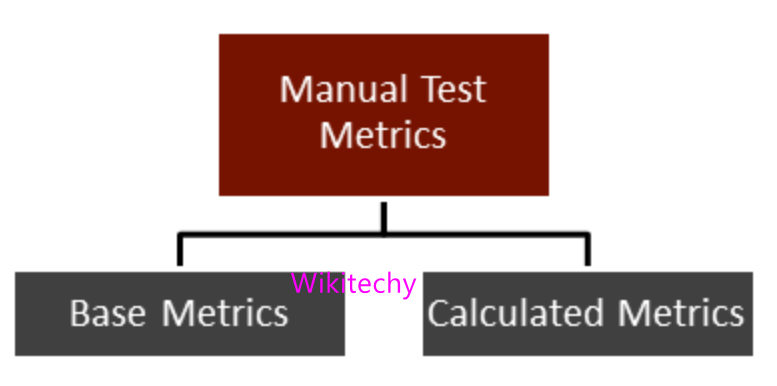
Manual Testing Metrics
Base Metrics
- Throughout the development and execution of test case, analyst collect data to provide base metrics.
- Project Managers and test leads receive project status report using these metrics. It is quantified using calculated metrics.
- Base Metrics is calculated by
- The total number of test cases
- The total number of test cases completed
Calculated Metrics
- Calculated metrics are created by using the data derived from the base metrics.
- These datas are collected by the test lead and it is transformed into an useful information for tracking project progress at different levels.
- It’s an important aspect of the SDLC which allows developers to make critical changes is the software.
Other Important Metrics
The following are some of the other important software metrics:
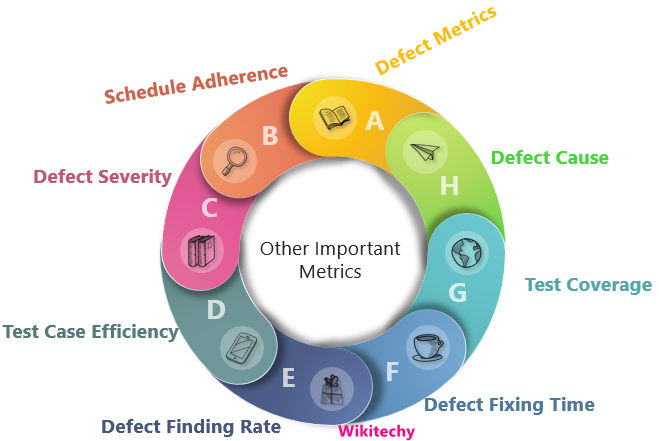
Metrics
Defect Metrics
- To understand the aspects of software quality like functionality,performance, installation, stability, usability,compatibility defect metrics can be used.
Schedule Adherence
- To determine the time difference between the schedules expected and actual execution times we can use schedule adherence metrics.
Defect Severity
- Developer use this metrics to see how a defect will affect the software quality
Test Case Efficiency
- How efficient test case are detecting problems can be measured using these metrics.
Defects finding rate
- It is used to determine the pattern of flaws over a period of time.
Defect Fixing Time
- The amount of time it takes to remedy a problem is known as defect fixing time.
Test Coverage
- Number of test cases assigned to a program is known as Test Coverage.
- This metrics ensures that the testing is done completely.
- This metrics helps in verification code flow and testing the functionality.
Defect Cause
- It’s utilized to figure out what’s causing the problem.
Test Metrics Life Cycle
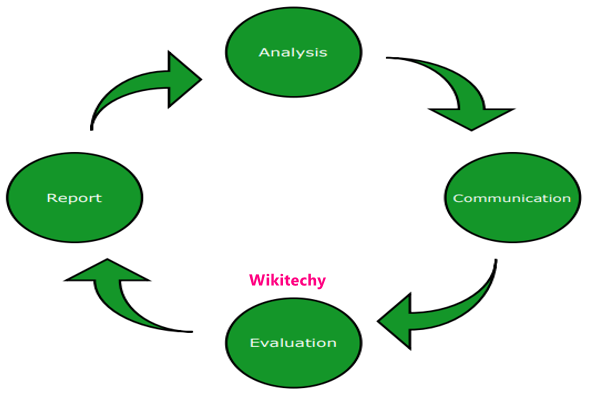
Test Metrics Life Cycle
Analysis
- The metrics must be recognized.
- Identified QA metrics need to be defined.
Communicate
- Communication should be given to the stake holders and testing team regarding the requirement for metrics.
- Testing team should be educated on the data points that must be collected for processing these metrics.
Evaluation
- Verified and captured data should be evaluated.
- Value of the metrics can be calculated using the data collected.
- Create a strong conclusion for the paper.
- Report should be shared to stakeholder and representatives.
- Input can be collected from representatives of stakeholder.
